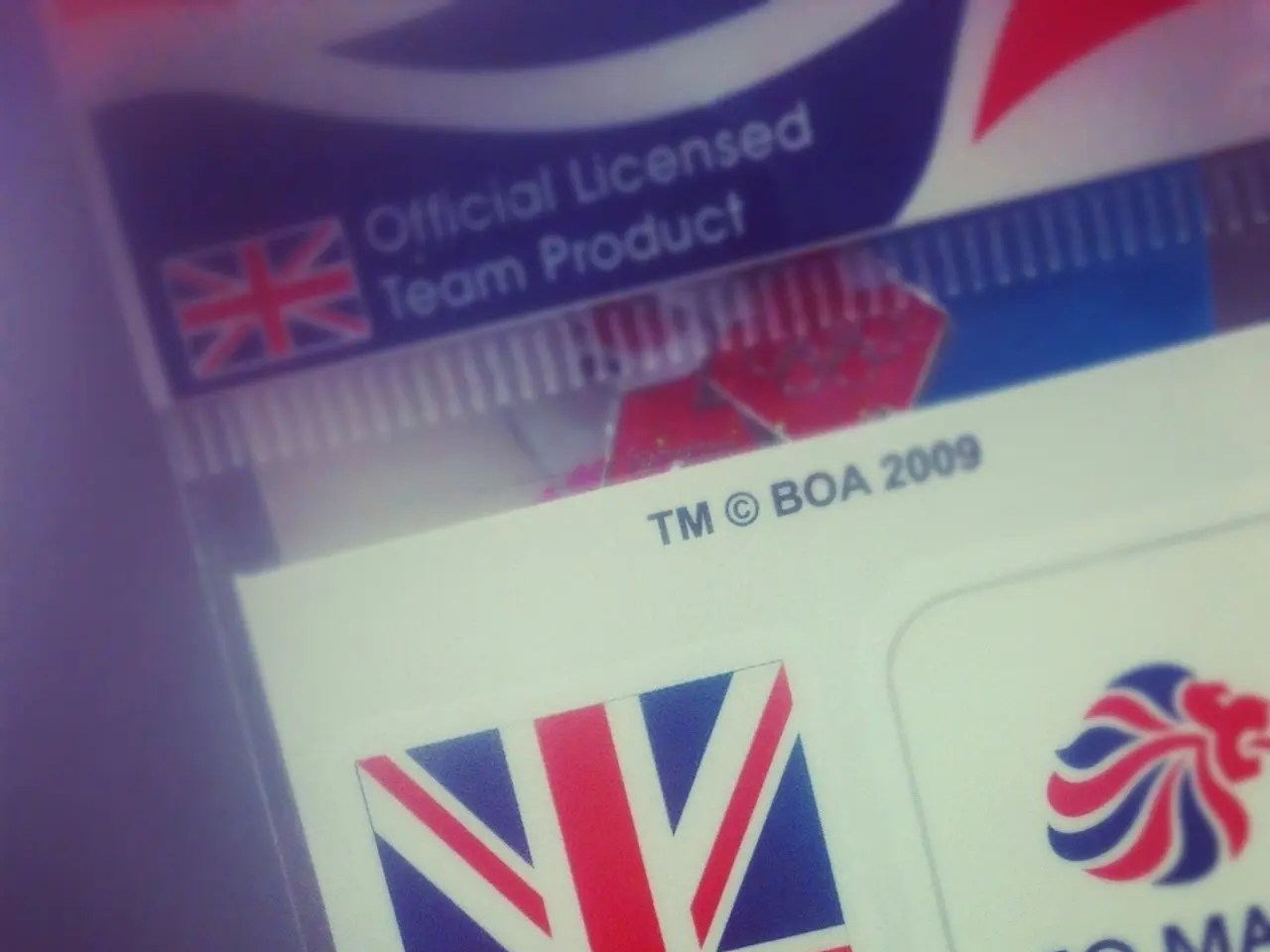Method for Assessing Battery Condition of HP and Dell Laptops, Both Before and After Purchase
In Nigeria, where frequent power outages are common and mobility is crucial for productivity, checking the battery health of a laptop is essential. Whether you're a new buyer or the owner of a pre-owned device, understanding your laptop's battery status can help you plan ahead and avoid unexpected downtime. Here's a detailed guide on how to check battery health on Windows 10 and Windows 11 laptops.
**Method 1: Windows Battery Report Tool**
Both Windows 10 and Windows 11 have a built-in command line tool that generates a detailed battery health report. To use this tool:
1. Open **Command Prompt as Administrator**. Search for `cmd` in the Start menu, right-click **Command Prompt**, and select **Run as administrator**. 2. Type the following command and press Enter: `powercfg /batteryreport` 3. This generates a battery report saved as an HTML file, usually in `C:\Windows\System32\battery-report.html`. Open the file in a web browser. 4. Key metrics to review include **Design Capacity** (the original full charge capacity from the manufacturer), **Full Charge Capacity** (the current maximum charge capacity of the battery), and **battery wear** (determined by comparing the values of Design Capacity and Full Charge Capacity).
**Method 2: Pure Battery Analytics App**
For a simpler, visual option, consider using the Pure Battery Analytics app from the Microsoft Store. This app provides a clear view of Battery Design Capacity, Full Charge Capacity, Remaining battery life, Battery wear level, and Real-time usage analytics.
**Method 3: Check Battery Health in BIOS/UEFI**
Many laptops provide battery health info directly in BIOS or UEFI firmware settings, accessible during startup. The exact method depends on the laptop brand.
**Method 4: Manufacturer Diagnostic Tools**
- **Dell**: Use Dell SupportAssist or Dell Power Manager for detailed battery health analysis. - **HP**: HP laptops often include HP Support Assistant or diagnostics to check battery condition.
These tools provide insight into battery wear, cycle count, and health status.
**Method 5: Battery Calibration (Optional for Accuracy)**
Calibration involves fully charging, fully discharging, and recharging the battery to recalibrate the battery sensor. This can help fix inaccurate battery wear readings.
Here are the general steps:
1. Charge the battery to 100% 2. Use the laptop until it shuts down due to low battery 3. Charge again to 100% without interruption
After calibration, generating a new battery report can give more accurate health data.
---
**Tips to Avoid Buying a Laptop with Poor Battery**
- Always request the **battery report** from the seller to verify health. - Look for wear levels under 20% (i.e., current full charge capacity should be at least 80% of design capacity). - Check the **cycle count** in manufacturer apps if possible; a high cycle count means more battery wear. - Consider battery age and warranty status. - If in doubt, plan for battery replacement cost before purchase.
By following these steps, you can ensure that your second-hand laptop purchase in Nigeria will provide you with the mobility and productivity you need.
In the context of Nigerian lifestyles where power outages are frequent and mobility is crucial for productivity, understanding the battery health of a laptop becomes essential, especially for pre-owned devices. To help you plan ahead and avoid unexpected downtime, you can employ various methods such as using the Windows Battery Report Tool, Pure Battery Analytics App, checking battery health in BIOS/UEFI, utilizing manufacturer diagnostic tools, or even performing battery calibration for accuracy. Moreover, when buying a second-hand laptop, it's important to consider factors like battery wear, cycle count, and battery age to ensure a good purchase that won't hinder your lifestyle or productivity.




